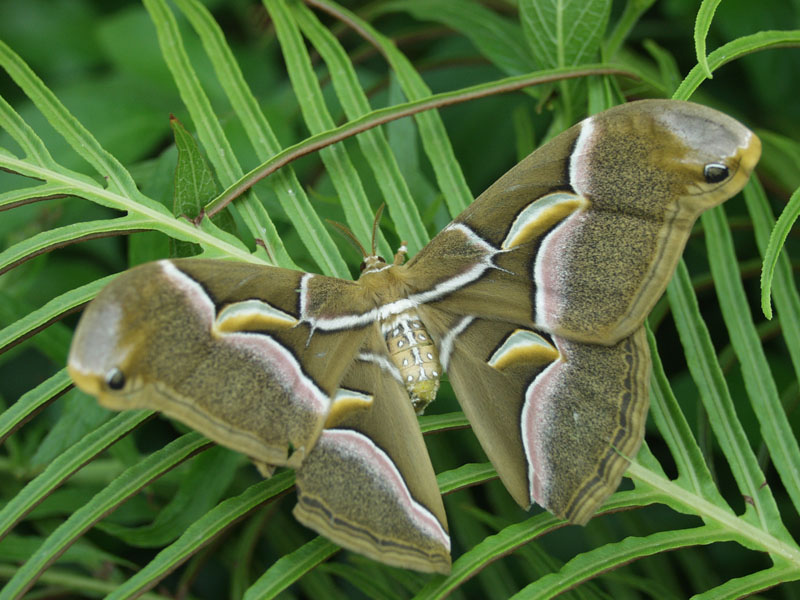
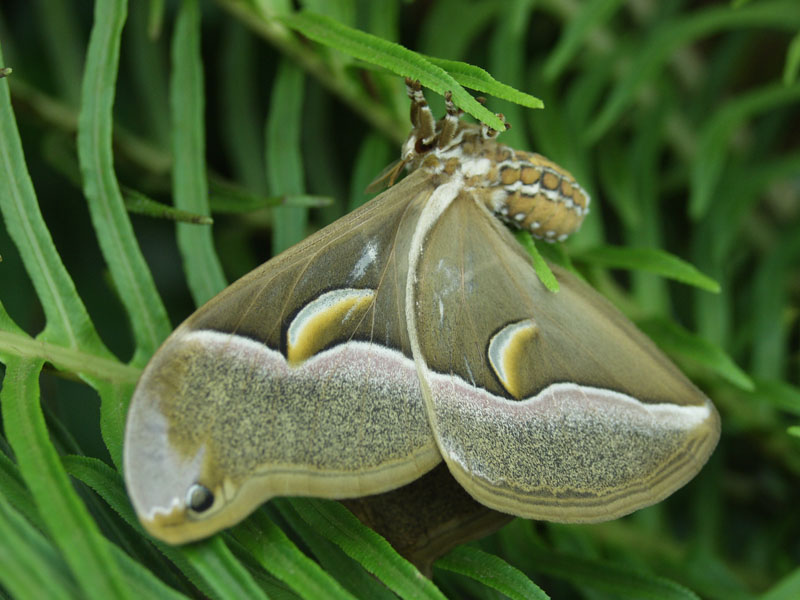
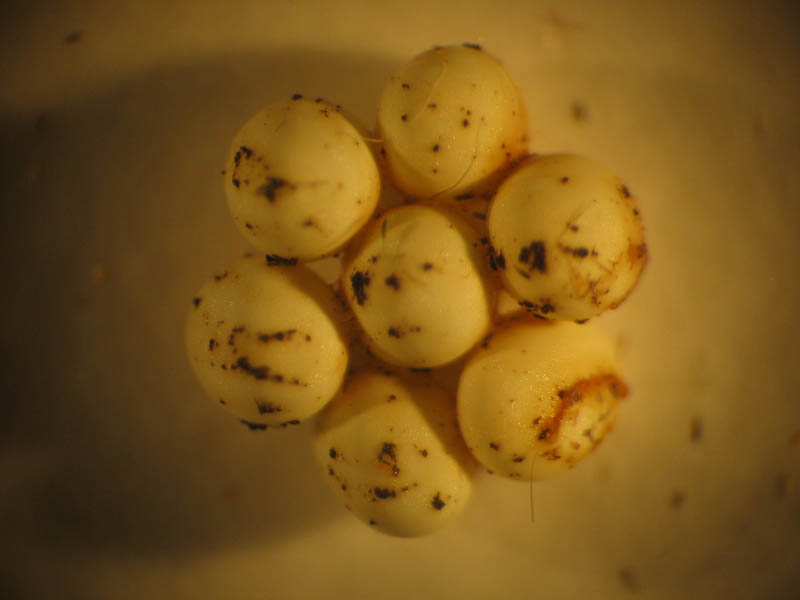
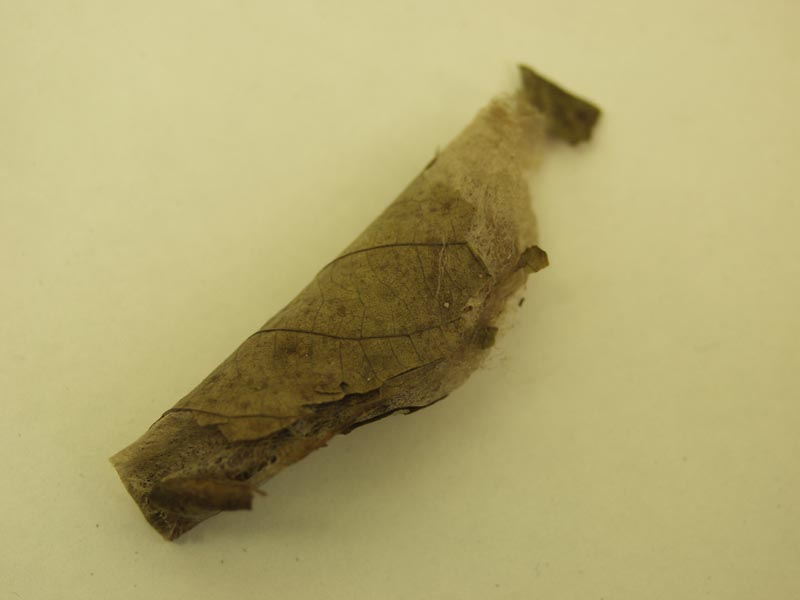
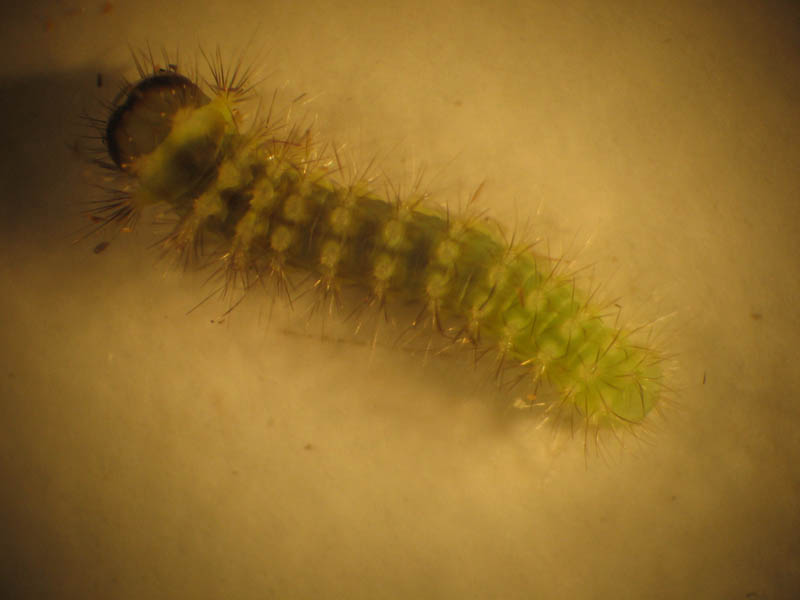
As adults the Cynthia Moths do not have functioning mouth parts so they do not feed.
The genus Samia is an Arabic personal name given to girls which mean elevated status or lofty. The specie cynthia is Latin for the goddess of the moon.
Cynthia Moths are found in habitats that support their major host plant. As the range of the host plant spreads, so does the range of the Cynthia Moth.
Females emerge from their cocoon; at night they release pheromones to attract males. After mating, the female Cynthia Moths search for the host plant to lay their eggs on. Eggs are laid in small clusters and when they hatch, the early instar larvae feed in groups. The larvae will continue to eat their host plant until they are ready to form their pupae.
Adults are primarily found in late spring to early summer.
Originally from China, the Cynthia Moth along with its host plant has been moved and established around the world. In the late 1800s the Cynthia Moth was brought to the United State in an attempt to develop a silk industry. The silk industry never took off but some individuals escaped and established in the wild.